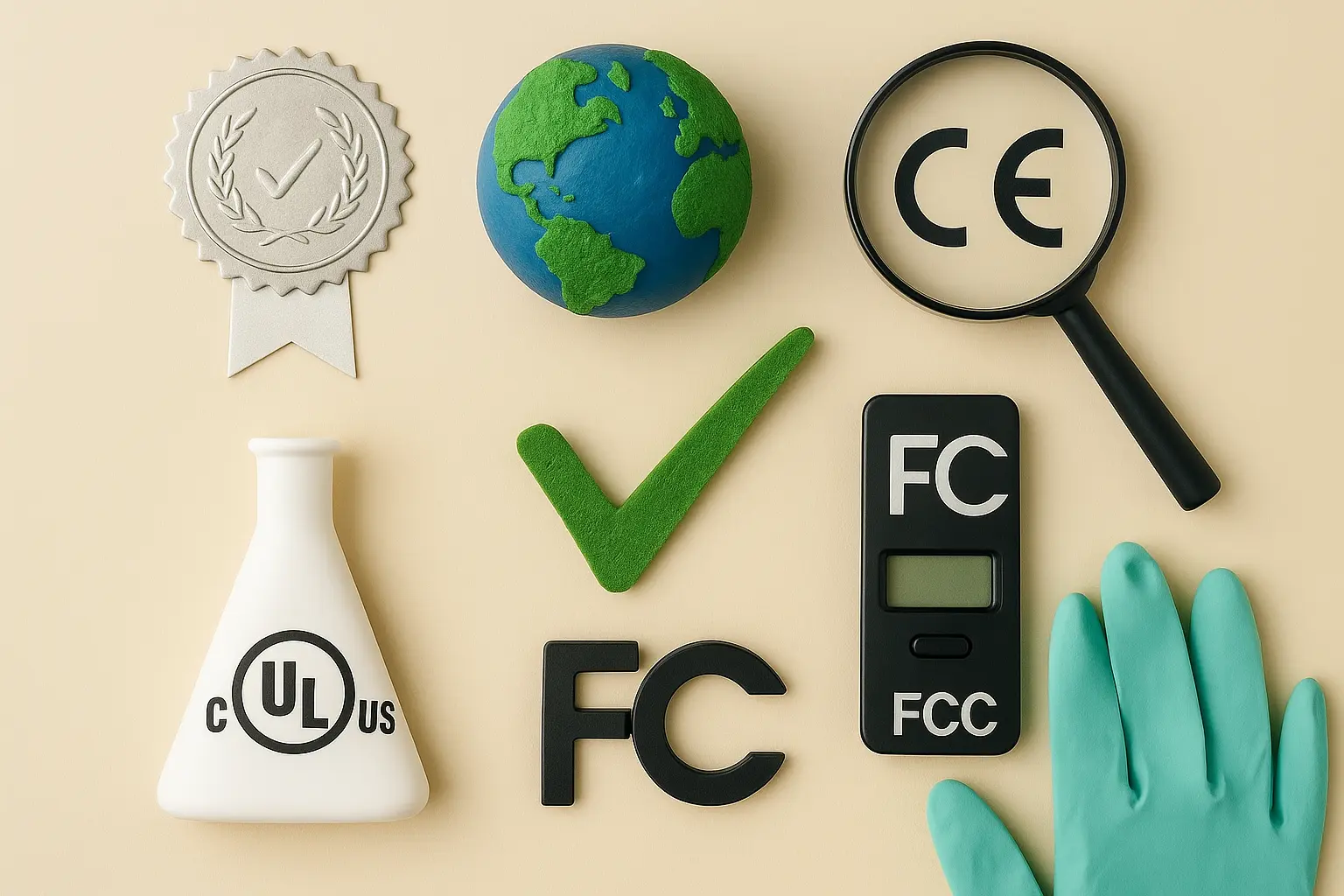Electrical Cable Certification
The certification of electrical cables is a critical process that ensures products meet stringent safety and performance standards. This service involves testing and validating that electrical cables comply with international regulations, industry best practices, and customer requirements. Electrical cables are used in a wide range of sectors including telecommunications, construction, automotive, and aerospace, where reliability and safety are paramount.
Electrical cable certification aims to protect consumers by ensuring that the products they use do not pose an electrical or fire hazard. This process typically involves multiple stages: initial design review, material testing, physical performance tests, and final inspections. The purpose is to ensure that cables perform reliably under various conditions, from extreme temperatures to high voltage stresses.
For quality managers and compliance officers in the telecommunications sector, cable certification ensures that suppliers meet stringent standards such as those set by ISO/IEC 17025 for laboratory accreditation. In construction projects, electrical cables must comply with local building codes which often reference standards like ASTM D4987 or EN 60332-3.
For R&D engineers and procurement teams, understanding the detailed process of cable certification is crucial. It involves selecting appropriate test methods based on the type of cable (e.g., power cables vs data cables) and the intended application environment. Proper specimen preparation ensures accurate results during testing phases which may include tensile strength tests, dielectric breakdown voltage measurement, and flame retardancy assessments.
The importance of electrical cable certification cannot be overstated; it not only guarantees product quality but also fosters trust between manufacturers and end-users. Non-compliance can lead to costly recalls, reputational damage, and potential safety issues that could result in personal injury or property loss.
Why It Matters
The importance of electrical cable certification extends beyond mere compliance; it plays a vital role in ensuring public safety and environmental sustainability. In the context of product quality management, certified cables contribute significantly to reducing risks associated with electrical faults which can cause fires or electrocution accidents.
For procurement teams dealing with international supply chains, having access to third-party certification provides assurance about supplier reliability and adherence to global standards. This reduces reliance on internal audits alone while also facilitating smoother trade relationships across borders.
In terms of environmental impact, certified cables often incorporate advanced materials designed to minimize energy consumption throughout their lifecycle. For instance, cross-linked polyethylene (XLPE) insulated power cables have lower heat losses compared to traditional alternatives like oil-filled or paper-insulated types. By choosing eco-friendly options verified through certification processes, organizations can align themselves with sustainability goals.
The role of electrical cable certification also supports innovation within industries reliant on reliable and safe electrical connections. Testing new materials or designs under controlled conditions helps identify potential improvements early in the development cycle, allowing manufacturers to bring safer products faster to market.
Scope and Methodology
The scope of electrical cable certification encompasses various aspects including material composition analysis, mechanical properties evaluation, electrical performance testing, and environmental stress qualification. Each step is designed to assess different attributes critical for the safe and efficient operation of cables across diverse applications.
To begin with, materials used in constructing the cable must be analyzed to ensure they meet specified chemical compositions as outlined by relevant standards like IEC 60228 or EN 50397. This includes checking for presence of hazardous substances such as lead and cadmium which are restricted in many jurisdictions.
Physical performance tests focus on evaluating the mechanical integrity of the cable through procedures such as tensile testing, bend radius verification, and flexibility checks. These tests help determine whether the cable will withstand typical installation conditions without breaking or losing functionality over time.
Electrical performance testing is another crucial component where dielectric strength tests are conducted to measure the insulation resistance between conductors and ground. Additionally, leakage current measurements assess how effectively the insulation prevents unwanted electric flow which could lead to shock hazards if not adequately controlled.
Environmental stress qualification involves exposing cables to extreme environmental conditions such as high temperatures, humidity, salt spray exposure, and UV radiation. The purpose is to simulate real-world usage scenarios where cables may be subjected to harsh environments throughout their service life. Successful completion of these tests indicates that the cable can maintain its performance characteristics even when exposed to challenging circumstances.
International Acceptance and Recognition
The recognition accorded to electrical cable certification varies across different regions due to variations in local regulations but generally, there are several internationally recognized organizations whose certifications hold significant weight worldwide. These include Underwriters Laboratories (UL), Canadian Standards Association (CSA), British Standards Institution (BSI), European Committee for Standardization (CEN), International Electrotechnical Commission (IEC), and American Society for Testing Materials (ASTM).
UL, founded in 1894, is one of the most trusted names globally when it comes to product safety. Their UL Mark on electrical cables signifies that these products have passed rigorous testing procedures meeting North American standards specified by ANSI/NFPA. Similarly, CSA marks indicate compliance with Canadian and international requirements while BSI provides assurance regarding adherence to British Standards.
IEC is responsible for developing international standards for all types of electrical equipment including wires and cables which ensures interoperability between products from different manufacturers operating within the same markets. IEC TC 84 specifically deals with low voltage cables used in fixed installations such as buildings or industrial premises.
In Europe, EN (European Norm) certification is widely accepted and follows closely behind IEC standards ensuring compatibility across member states of European Union. For instance, EN 50397 specifies requirements for indoor power distribution cables suitable for use within residential dwellings making it easier for consumers to compare products offered by various suppliers.
ASTM offers additional guidance particularly useful in specifying test methods and performance criteria applicable to specific applications like underground mining or offshore platforms. These unique specifications cater specifically towards niche markets requiring specialized solutions not covered under broader general standards.





